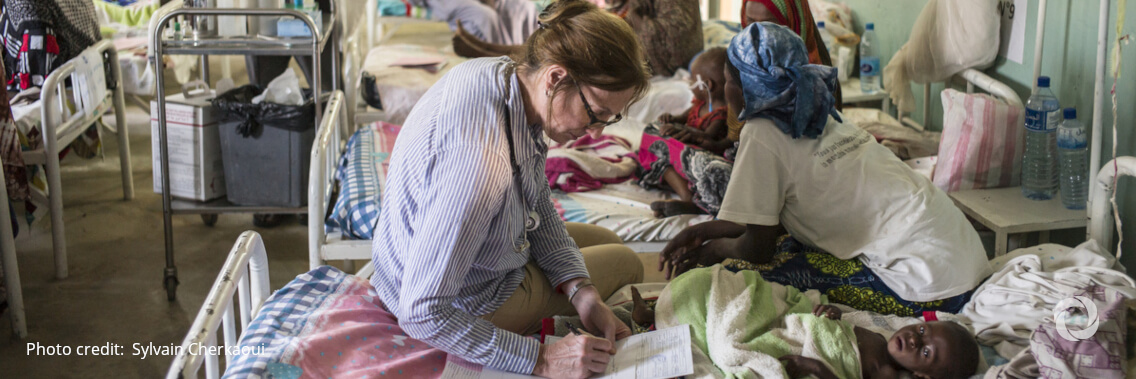A deadly outbreak of meningitis has been declared in a northeastern province of the Democratic Republic of the Congo, where the World Health Organization (WHO) has been supporting health authorities to deploy an initial emergency response team.
More than 260 suspected cases and 129 deaths have been reported in Tshopo Province; a high case fatality ratio of 50 per cent, the UN health agency said.
#Meningitis outbreak declared in #DRC🇨🇩’s north-eastern #Tshopo Province where 261 suspected cases & 129 deaths have been reported. @MinSanteRDC has deployed an initial emergency team. Efforts are underway to quickly ramp up response with @WHO support. https://t.co/Ft0bPu4NL8
— WHO African Region (@WHOAFRO) September 8, 2021
Tests carried out by the Institut Pasteur in Paris, detected Neisseria meningitis. It is one of the most frequent strains of the bacterial form of the disease, and it has the potential to cause large epidemics.
WHO said that more than 100 patients are receiving treatment at home and in health centers in Banalia, the community affected by the outbreak.
Meningitis is potentially fatal and must be treated with antibiotics as soon as possible.
Major improvements have also been made on vaccines to treat the viral form of the disease, which is transmitted through the air by infected carriers. Although people of all ages can catch the disease, it mainly affects babies, children, and young people.
A crisis response committee has been set up in Banalia, as well as in Kisangani, the capital of Tshopo, to accelerate the outbreak control efforts.
WHO has provided medical supplies in Banalia and plans to deploy more experts and resources.
“We are moving fast, delivering medicines, and deploying experts to support the government’s efforts to bring the outbreak under control in the shortest possible time,” said Dr. Matshidiso Moeti, WHO Regional Director for Africa.
Potentially fatal
Over the years, major improvements have been made on vaccines against infection, which are specific to the type of meningitis.
The disease is transmitted through droplets of respiratory or throat secretions from infected people. Close and prolonged contact or living in close quarters with an infected person facilitates the spread of the disease.
Although people of all ages can catch meningitis, it mainly affects babies, children, and young people.
“We are scaling up control measures within the community and rapidly investigating suspected cases in surrounding localities to treat patients and curb potentially widespread infections,” said Dr. Amédée Prosper Djiguimdé, WHO Representative in the Democratic Republic of the Congo.
Meningitis belt
More than 1.6 million people aged between 1 and 29 years were vaccinated during an extensive campaign in 2016 in Tshopo, which lies in the African meningitis belt that runs across the continent from Senegal to Ethiopia and comprises 26 countries.
The African meningitis belt is the most vulnerable globally to recurrent outbreaks. Outbreaks have occurred in several DRC provinces in the past.
In 2009, an outbreak in Kisangani infected 214 people and caused 15 deaths – a case fatality ratio of 8%. In November 2020, the World Health Assembly, the global health policy-setting body, approved a roadmap for a meningitis-free world by 2030, with three key objectives: elimination of bacterial meningitis, reduction of vaccine-preventable bacterial meningitis by 50%, and deaths by 70%, as well as reduction of disability and improvement of quality of life after meningitis.

